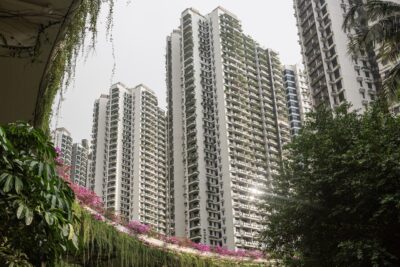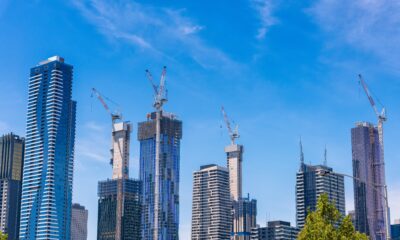As China’s economy reopens, how is the real estate industry coping?
Sales volumes may have substantially declined in some sectors, but business leaders believe the country is all set for a steady recovery
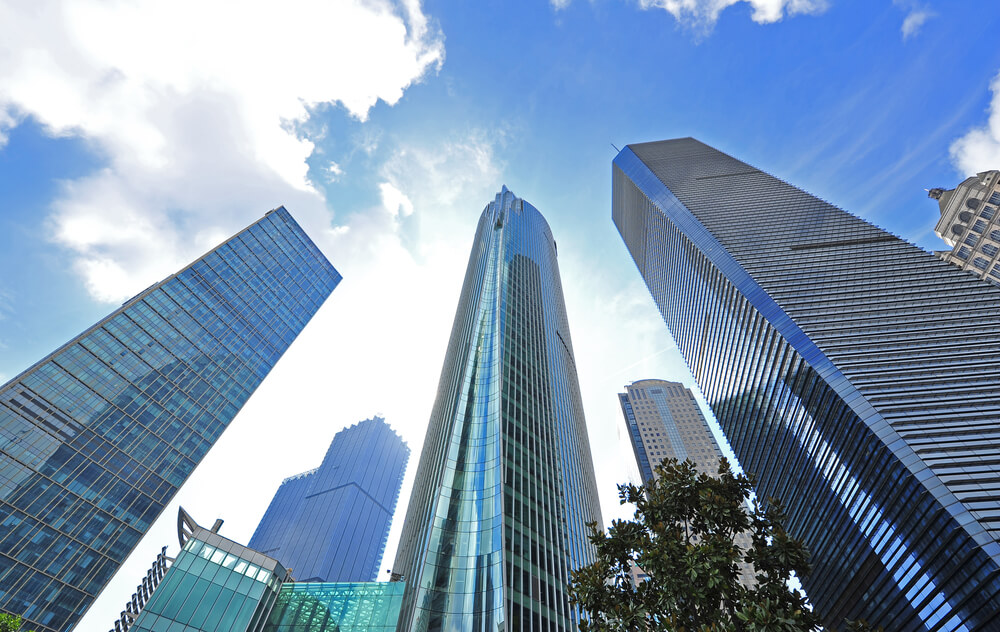
The COVID-19 pandemic has disrupted a range of industries across the world, some much more than others. Among the sectors that had to power through the public health crisis is the real estate industry, which has adopted unconventional means of staying afloat.
And since we’re already seeing signs of recovery across the Asia Pacific region, particularly in Mainland China where the virus was first detected, the second part of PropertyGuru Asia Real Estate Summit’s live webinar series focused on how the industry is coping as China Reopens.
Rent renewals versus relocations in prime cities
James Macdonald, the head of research at Savills China, shared that not much has changed when it came to occupancy rates and rent in the first quarter of the year. The occupancy rates surged for more or less 0.5 percent in Xian, Shanghai, Wuhan and Nanjing because of the new supply that arrived in January before the pandemic escalated. Meanwhile, the vacancy rates slightly declined by two percent in Chongqing and 1.5 percent in Shenzhen and Chengdu, which didn’t receive any new supply.
On the other hand, the rents in most markets dropped, including Shenzhen and Guangzhou at 1.5 percent, but this was mostly because of a longer-term trend that they have witnessed over the last year. The numbers indicated that most tenants chose to stay instead of relocating to a new place amid the economic downturn.
Residential transactions make a recovery
Unsurprisingly, the travel restrictions, close sales offices and lockdowns across the globe have led to minimal domestic and foreign investments in February. The first quarter of 2020 ended up with a 41.2 percent decline in year on year growth in first-tier cities and a 34.5 percent year on year drop in second-tier cities.
The transaction volumes managed to recover by mid of May and the sales volumes surged, exceeding the weekly median average by early June.
James said that the price growth already started to slow down in 2019 after it peaked in late 2018. “Prices flatlined in February, though it began making a recovery in March which carried through and strengthened further in April, particularly in second- and third-tier cities.”
He added that first-tier cities still implemented stringent measures in place to manage price growth, which remained strong since they did not see the same rebound in price growth.
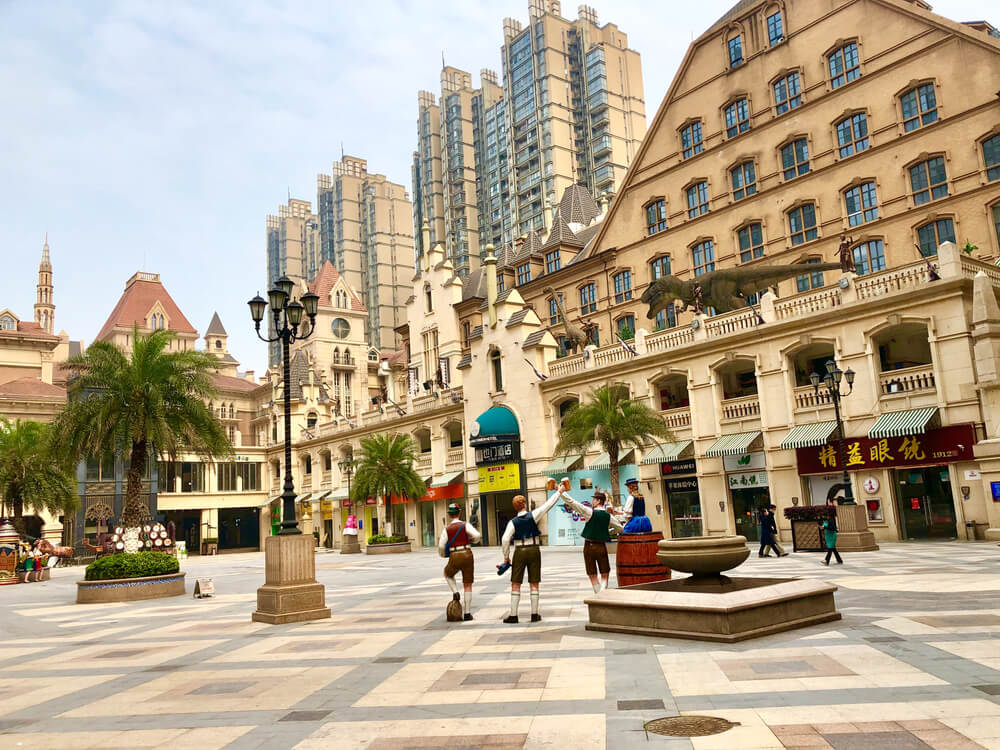
Retail consumption grew steadily
Retail sales grew by around seven to eight percent year on year towards the end of 2019. Understandably, because of the pandemic, the sales dropped significantly by around 20 percent in the first two months of 2020.
The said decline affected consumer categories differently. Food consumption, for one, rose by 20 percent. Communications, medicine, daily goods and cosmetics grew by around 10 percent. Other more discretionary purchases, like automobiles, furniture and jewellery were heavily impacted.
“Some of those did see a rebound [in terms of] deferred purchase versus just more destructive purchases. We did witness some people coming back out of the lockdown and decided to buy that car that they’ve postponed purchasing in February,” added James.
Despite all this, the consumer confidence still remains at an all-time high though they saw a slight drop in numbers. As for online retail sales, the volume has been steadily increasing from eight percent in January 2014 to 25 percent in January 2020.
Commercial businesses turn to technology
As the local government began to ease movement restrictions and allowed commercial businesses to operate, founder and CEO of TechNode Dr. Gang Lu said that they have been seeing increased use in technology, which has been available to the public for a couple of years now.
“The pandemic did not create something new in the tech space, but it basically just pushed everything much, much faster than before,” he clarified.
He shared some examples on how businesses across China are using robots in their day-to-day operations, such as a bot that can serve as a waiter inside a restaurant, a bot that can deliver goods to hotel guests, a bot that can advertise products or guide lost shoppers in a mall, a bot that can monitor passengers’ behaviour in an airport, an AI that can monitor the temperature of people entering an establishment and much more.
Meanwhile, others have resorted to e-commerce to reach out to potential consumers in the comforts of their own homes. Some have even begun using social media platforms, such as short-form video sharing platform TikTok. Dr. Lu said that it’s not just celebrities using this method since the founder of Baidu Robin Lee, CEO of Gree Dong Mingzhu and other high-profile company leaders have opted to sell their products online.
Local developers remain resilient
Winston Lee, the director of special projects at PropertyGuru, said that “some very creative Chinese developers still managed to sell properties, even during the COVID-19 lockdown.” According to local news, a massive Chinese developer has managed to sell 47,540 units worth CNY50 billion during the lockdown.
He said that “they pretty much digitised their whole real estate sales and marketing process from beginning to end, such that people can view property, people can evaluate property, people can choose property and people can make payments without the need for personal appearance.”
By March, when the country has pretty much recovered, home sales tripled across major cities in China. “The key reason is the pent up demand where people cannot buy property in the first two months of the year so when the country reopened in March, a lot of people rushed to buy property,” said Winston.
Moreover, data shared by their local partner Anjuke showed the inquiries and interest for overseas properties have increased substantially. The page views for Southeast Asian properties rose by 93 percent, the page views for overseas properties grew by 92 percent and inquiries for overseas properties surged by 71 percent.
“Henceforth, what we see is that COVID-19 actually spurred the Chinese to be more interested in overseas investment. I think one of the key drivers for that is because they are looking at buying a home for their own stay in the next winter, and also buying a home where there’s adequate medical infrastructure to support themselves because the outbreak has made them realise that the current healthcare infrastructure is probably not enough to cope with 1.4 billion people. So they have started buying a home for the future,” explained Winston.
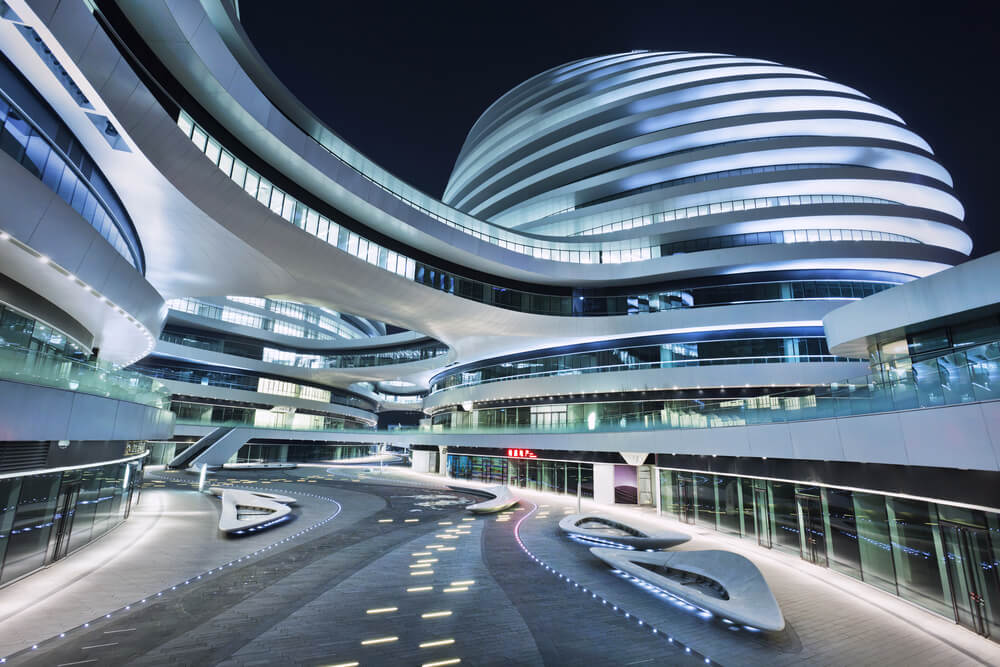
Post-COVID-19 insights for commercial businesses and developers
Consumption recovery in the wake of the pandemic
- Tourism. In the past couple of months, James said that they have seen a boost in domestic tourism, mostly because of travel limitations. Most of these travellers are “high net worth individuals who are willing to spend significant money in terms of luxury products.”
- Technology. Online analytics can now expand into offline environments with the development of IoT and 5G technologies and the seamless integration with mobile devices.
- Online. China is now seeing a merging between the online and offline realm, not just through sales but also services. Gyms, for instance, which have closed during the lockdown, have conducted training sessions via Zoom calls.
- Policy support. Local governments and businesses have started distributing vouchers to encourage consumption and some cities have even allowed the extension of weekends to enable employees to travel.
New normal for real estate developers
Winston said that PropertyGuru, together with Anjuke, has predicted the Chinese real estate market to fully embrace digital solutions in the years to come.
“The new normal is that people are no longer averse to evaluating, to marketing, to promoting, to giving webinars in terms of property presentation. In fact, live streaming sessions have become so predominant in China that even up to now, when COVID-19 has fully recovered, many real estate companies and many real estate agents have asked to use [our] method to reach out to the Chinese market,” concluded Winston.
The method mentioned is the new program PropertyGuru has developed that has allowed Southeast Asian developers to penetrate the Chinese market without needing to physically travel there. This venture has been successful thus far and they have assisted around 60 developers from across the region, including Guccoland, M+S and CapitaLand.
China Reopens webinar is organised by PropertyGuru Asia Real Estate Summit. A total of 250 participants from 18 countries across the world joined the one-hour web conference held last 11th of June. For further enquiries, email [email protected]. Visit the official website AsiaRealEstateSummit.com and follow our social media for upcoming live webinar announcements.
Recommended
Meet the vagabond architect behind India’s housing scene
Vinu Daniel is helping to shake up India’s home building setting
Where Asian real estate stands in a fragmented, warmer world
Asia’s real estate industry faces many and varied challenges as external factors continue to bite
6 sights to see in Singapore’s Marine Parade
Handily located Marine Parade has emerged as a vibrant investment choice in the Lion City
There’s a township dedicated to health and wellness in Malaysia
Property seekers have their health needs catered for at KL Wellness City






